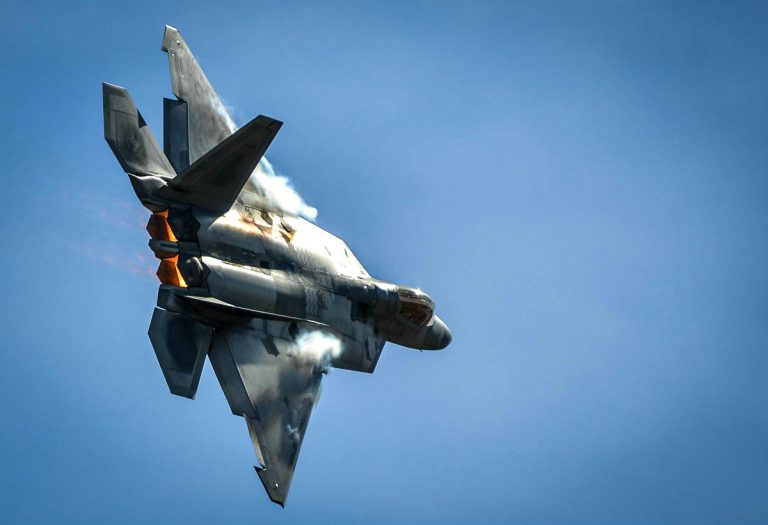


For historical reasons, the leathernecks want jets like the Harrier that can fly off smaller Marine-operated amphibious carriers or remote forward bases. The trickiest requirement for the JSF was the Marine Corps’ insistence on making its version of the F-35 a jump jet. The JSF was supposed to a more affordable stealth fighter that could also be marketed to friendly nations, unlike the Raptor. The last time an interservice fighter-bomber was pursued, it didn’t work out, but Lockheed and Boeing both gave their best shot anyway, and the former won the competition. The Navy and Marines also needed a new fighter, so the Pentagon committed to building a more multirole “joint” stealth fighter that would eventually replace the F-15, F-16, FA-18 and AV-8 Harriers serving in all four branches. Listing everything that was and continues to be wrong with the F-35 procurement process could be the subject of many articles. The Pentagon was persuaded to pay for “concurrent” production of F-35s before it had been developed into a fully operational prototype today Lockheed is shipping non-feature-complete F-35s, which will need to be expensively upgraded later when new components and systems are finally ready. However, the F-35 program has been notoriously mismanaged and perpetually over budget, and remains far behind schedule. Additionally, different variants of the F-35 are prepared to equip the Air Force, Navy and Marines through most of the twenty-first century, and the type is also slated to serve in the air forces or navies of Australia, Belgium, Denmark, Israel, Italy, Japan, the Netherlands, Norway, South Korea and Turkey-with more countries likely to join the list. The United States spends greater sums on the military than any other country (though some spend a greater percentage of GDP), and it has emphasized air power as its chief military instrument in recent decades. One could argue there is a certain logic to this.


 0 kommentar(er)
0 kommentar(er)
